How to Dye White Beans for Sensory Play
Disclosure: This post contains affiliate links to Amazon for your convenience. See my disclosure for more details.
Sensory play is so important for kids! Not only does it stimulate the child’s senses, but it also enhances learning through hands-on activities. It’s a great way for children to explore the world they live in!
We still do lots of sensory play even though my kids are getting older. They love it and it is great for imaginary play, fine motor, and emotional regulation.
I just put together a new sensory bin for my kids with colorful beans. It was super easy to dye white beans! You can certainly just use white beans for a sensory bin, but if you want to make a colorful bin, just follow these simple directions!
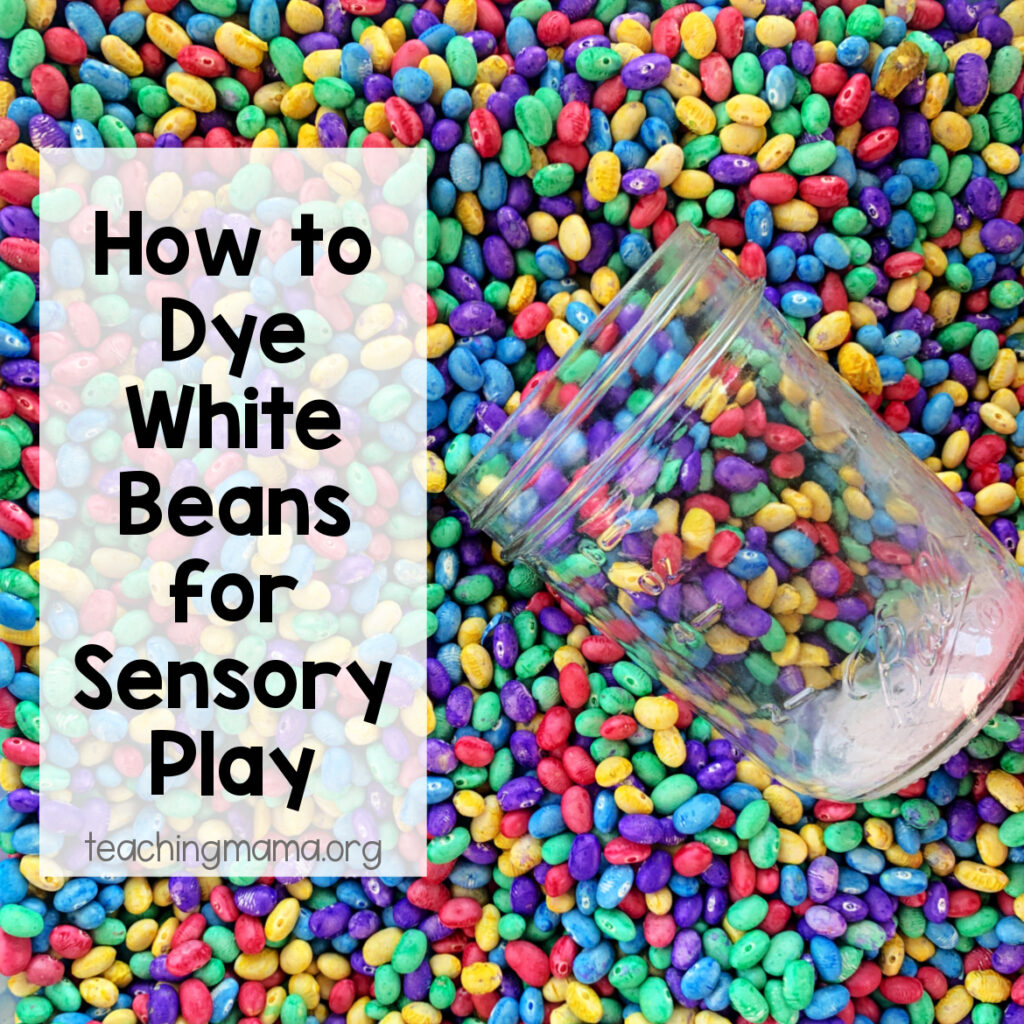
Materials Needed
- large plastic bags that can be closed
- dry white beans (I used 5 small bags of Navy Beans)
- liquid watercolors
- trays lined with parchment paper
- plastic bin (any will work – this one is super great!)
How to Dye White Beans for Sensory Play
- Pour the beans into a large plastic bag.
- Squeeze 5-7 drops of liquid watercolors into the bag.
- Close the bag and shake it up!
- After all the beans are coated, spread the beans out on a tray. I lined our trays with parchment paper to make clean up easier!
- Some of the beans will be dried instantly, but others will take just a few minutes to dry. Once they are dry, add them to a sensory bin.
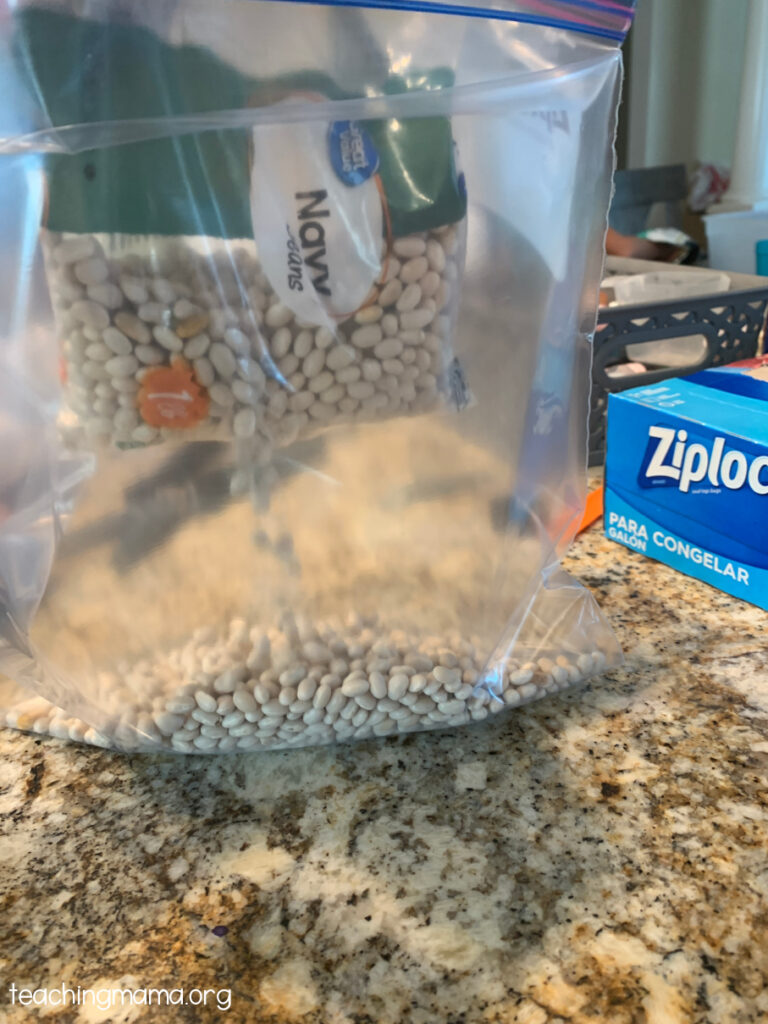
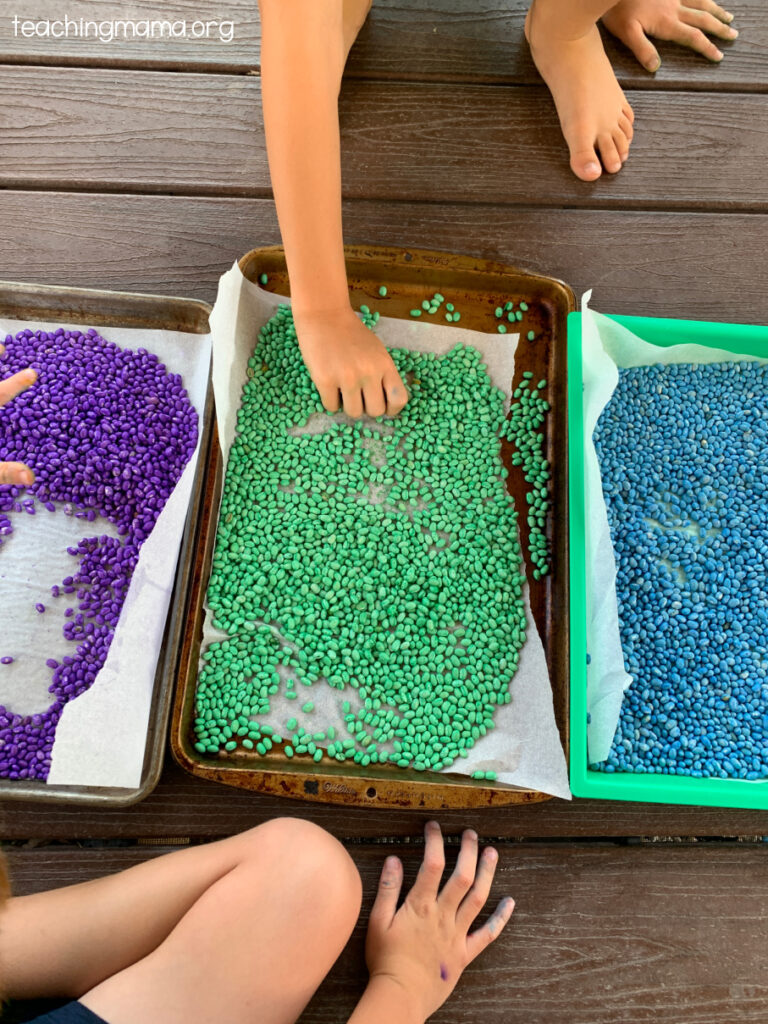
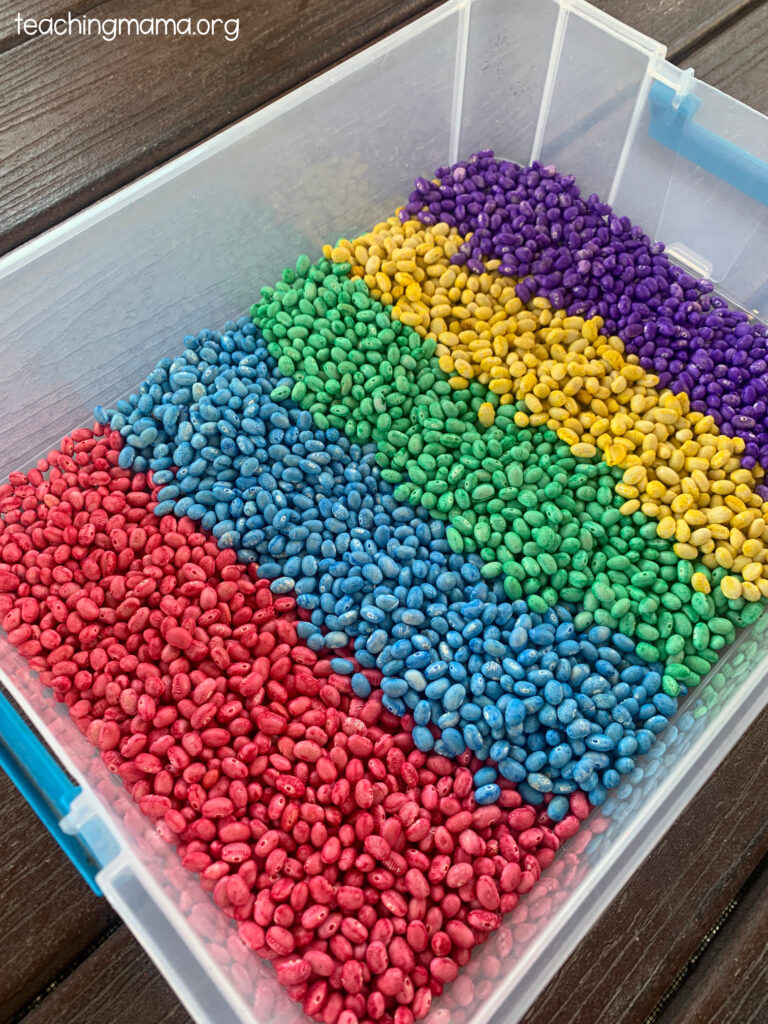
They look like jelly beans to me! The kids had a blast playing with the beans.
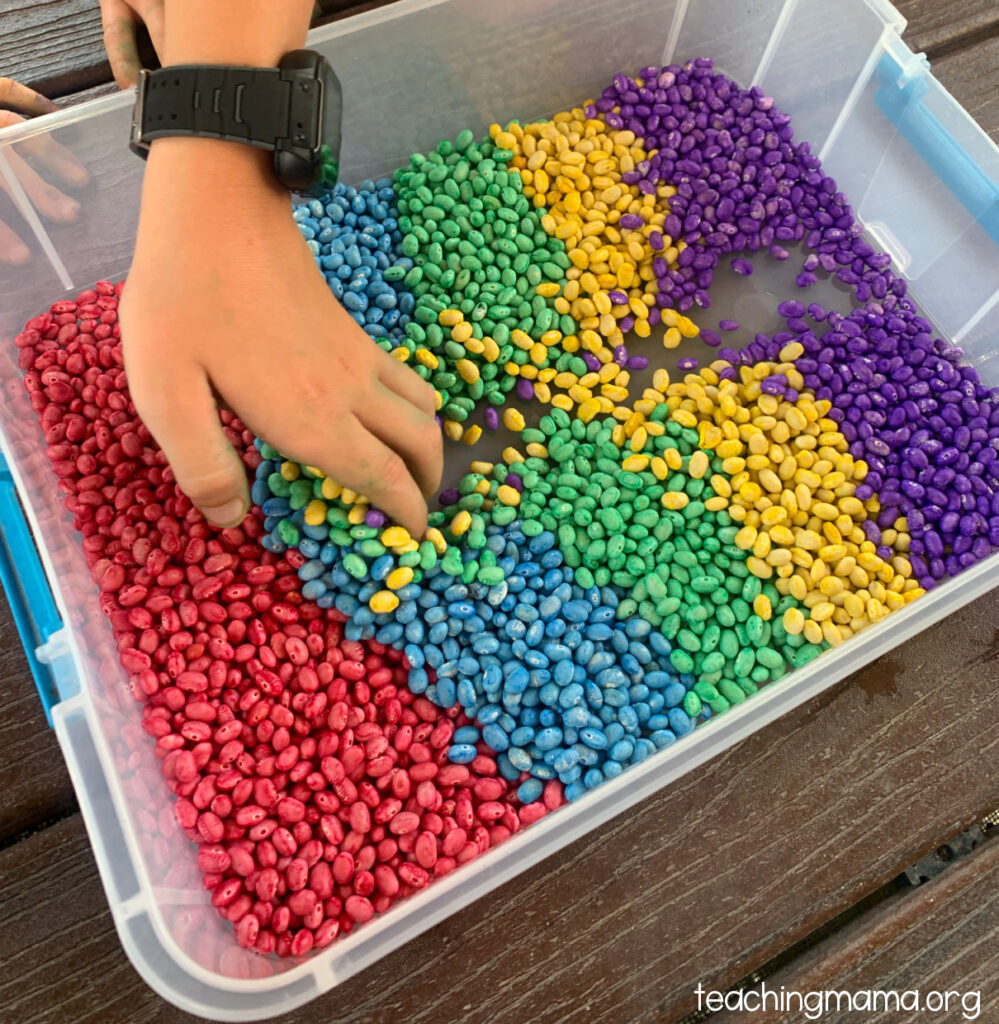
You may notice some color on my kids’ hands. They were so excited to touch the beans that they held them when they were still wet. No worries! The liquid watercolor washed off with some soap.
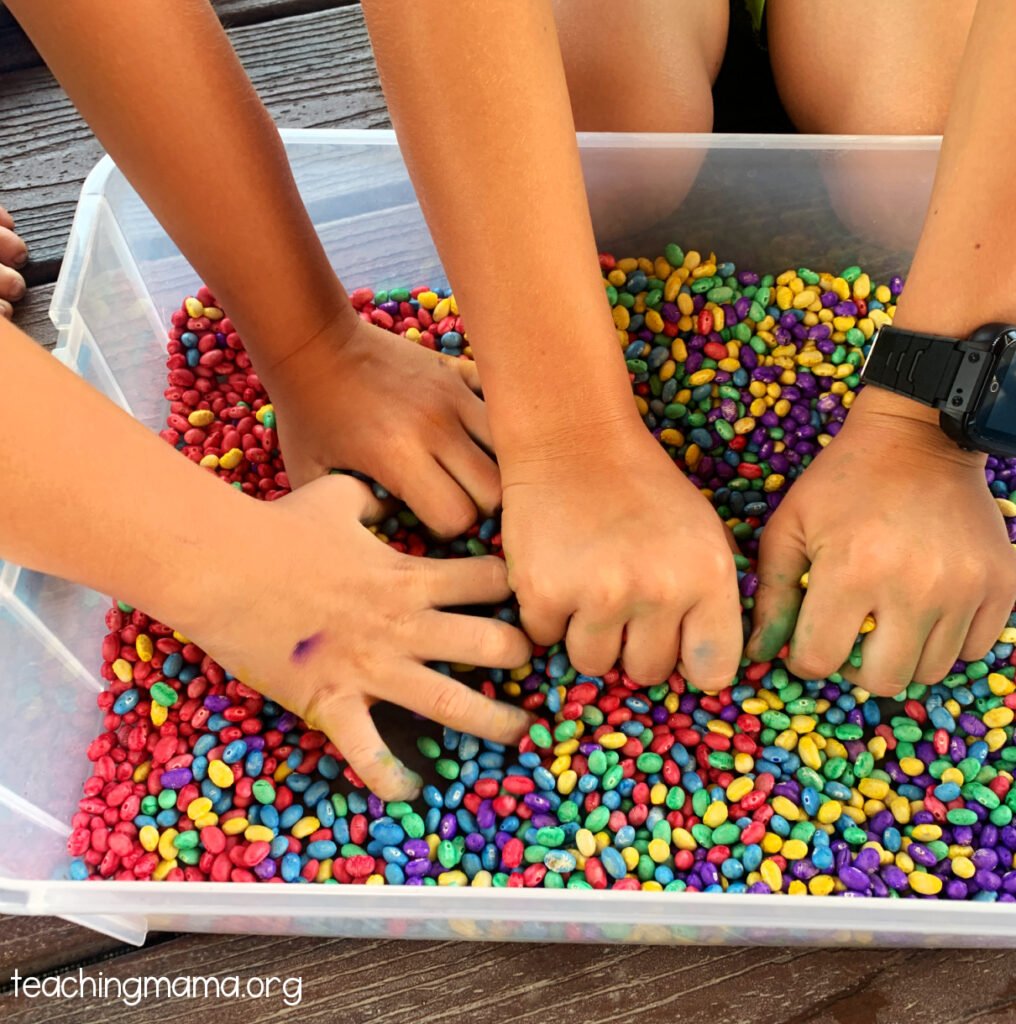
Ways to Play with Colored Beans
If you’re new to sensory play, you may be wondering…how do kids play with beans?!
I get it! Before we did sensory play (almost 10 years ago!) I had no idea what to do with a bin full of beans. Here are some of the ways we’ve played with simple sensory bins like this one over the years.
- Use spoons and scoopers to fill jars. Kids love to fill and dump out beans!
- Pour beans down a funnel and watch them fall out. Make sure the funnel is wide enough for the beans to fit through.
- Add toy animals to the bin and invite kids to use their imagination to play. We like to bury animals and then have the other person look for them!
- Use toy dump trucks in the bin. Have the child fill up the back with beans and dump them in a different spot. This is a transportation sensory bin showing this.
- Sort some of the beans by color. Make it a challenge and see how long it will take to find 10 of each color. This is also great counting and sorting practice!
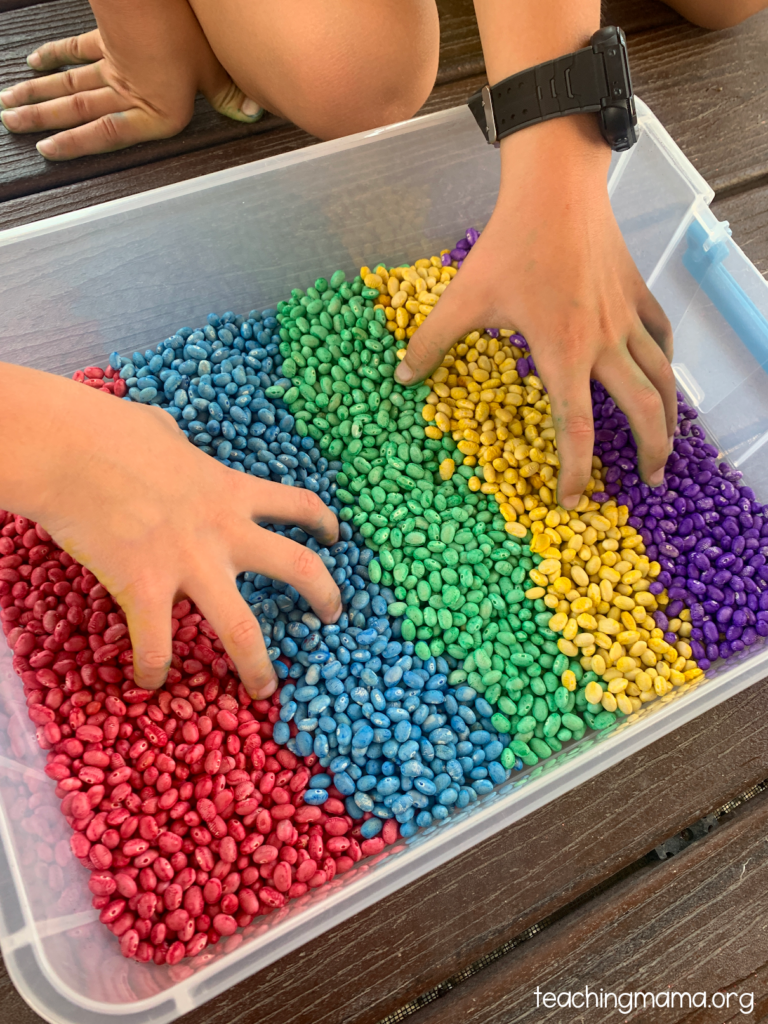
Tips to Remember
Always make sure you have something underneath the bin to catch stray beans. Blankets or mats work great for this. Then when you are done playing, you can gather up the blanket and pour the beans back into the bin.
Also, do not allow kids to eat the beans. Eating uncooked beans can be toxic. So please use discretion and use this sensory bin filler with kids who don’t put things in their mouths.
Once you’re done playing, you can keep the beans in a large container or a sealed plastic bag. These beans will last for years if they are properly stored!
Hope you’ll try this sensory bin out! It’s so fun!!


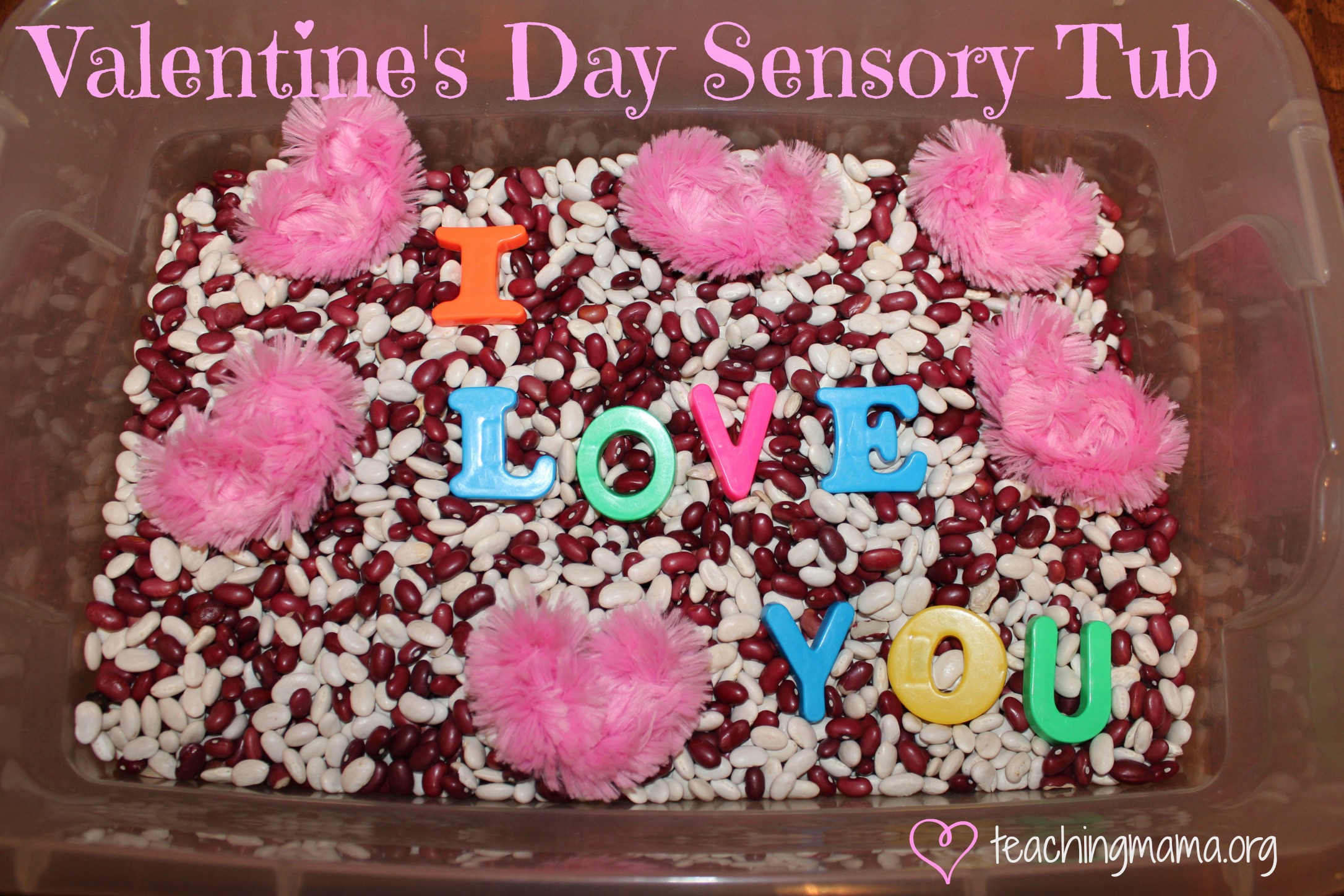
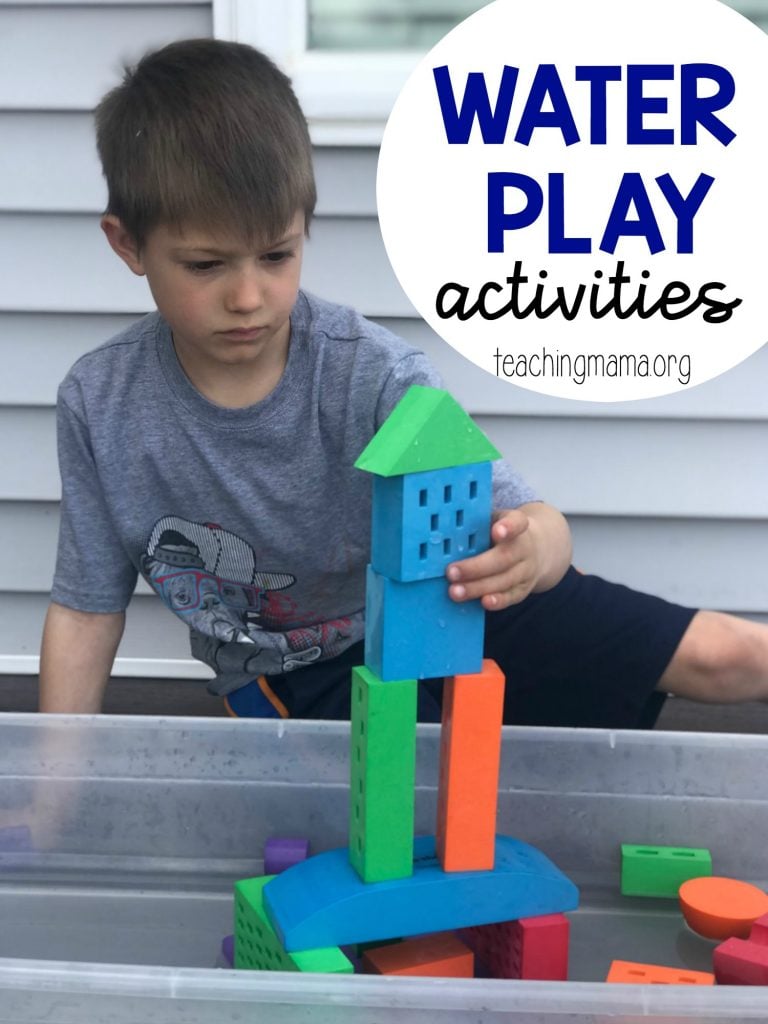
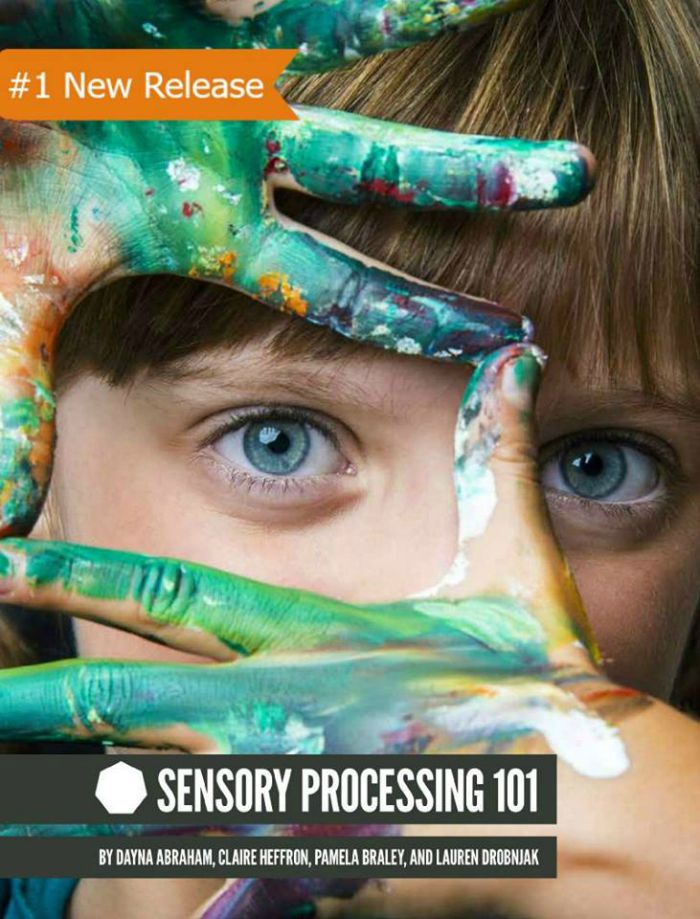
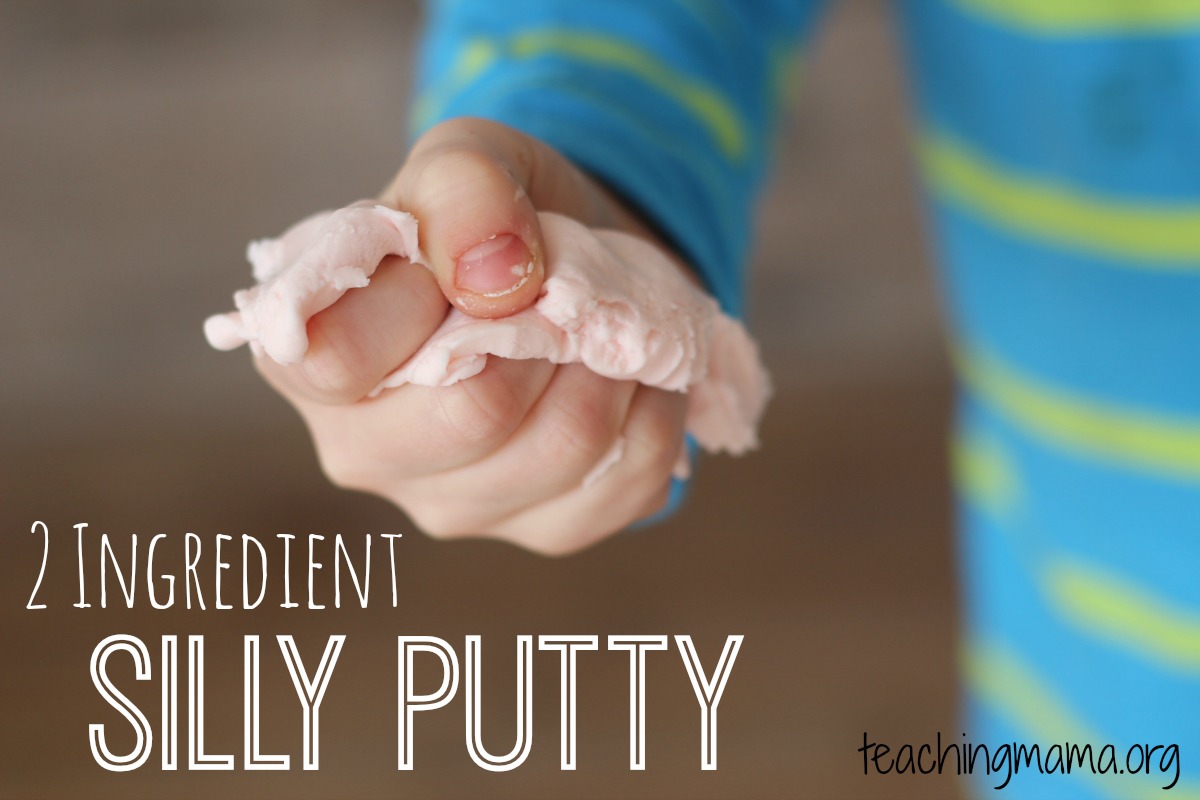

Can these be sanitized? (for covid protocols?)
Can you use food coloring instead of water colors?
Yes! I have done this before but also used rubbing alcohol to help the colors stick to the beans. I’m not totally sure why liquid watercolors work better, but in my opinion, they do. Here is a friend’s blog with steps on how to color beans with food coloring – https://www.survivingateacherssalary.com/how-to-dye-beans-for-learning-colors-sensory-bin-idea/